If you're searching for creative ways to use curry powder beyond traditional curries, you've found the definitive guide. This comprehensive resource reveals precisely how to transform your neglected spice jar into a kitchen essential for breakfast, main courses, and even desserts—with specific measurements, timing, and culinary science behind each application. Stop wasting your spices and start creating restaurant-quality meals at home today.
Table of Contents
- Why Curry Powder Belongs in Every Kitchen (Beyond Curries)
- How Much Curry Powder to Use: The Perfect Measurements
- Breakfast Applications: Curry-Powered Morning Meals
- Toasting Technique for Maximum Flavor Extraction
- Coconut Milk Pairing Science
- Homemade Blend Recipe with Flavor Profiles
- Grain and Legume Enhancement Guide
- Professional-Grade Protein Rub Formulas
- Soup and Stew Integration Methods
- Dessert Applications with Recipe Examples
- Optimal Storage for Flavor Preservation
- Putting It All Together: Your Curry-Powered Kitchen
Why Curry Powder Belongs in Every Kitchen (Beyond Curries)
Curry powder isn't just for curries—it's a complex flavor enhancer that transforms ordinary dishes through its unique chemical composition. The turmeric provides earthy depth, coriander adds citrus notes, cumin brings warmth, and fenugreek contributes a subtle maple-like sweetness. Understanding these components allows you to strategically apply curry powder across your cooking repertoire, creating layered flavors that impress even experienced palates.
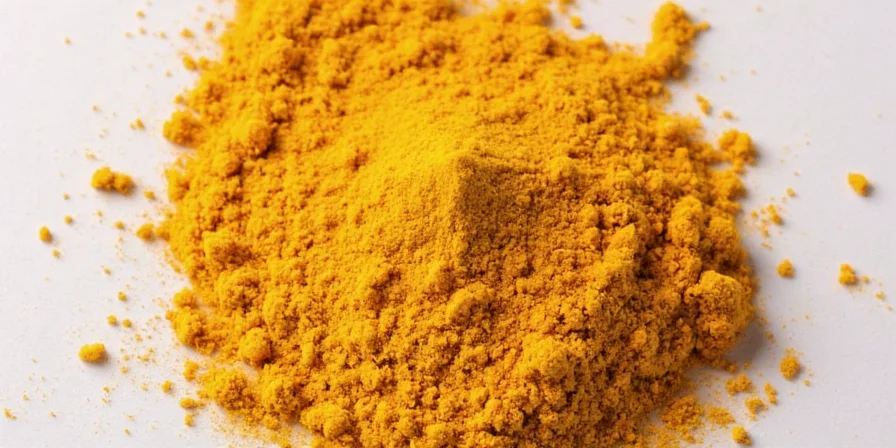
How Much Curry Powder to Use: The Perfect Measurements
Getting the dosage right is critical for optimal flavor without overpowering your dish. Professional chefs measure curry powder by weight for precision, but home cooks can follow these volume-based guidelines backed by flavor chemistry research.
| Application Type | Base Measurement | Adjustment Guidelines |
|---|---|---|
| Dry applications (rub, seasoning) | 1 tsp per pound of protein | Add ¼ tsp acid (lemon juice/vinegar) to balance bitterness |
| Liquid-based (soups, sauces) | ½ tsp per cup of liquid | Bloom in oil first for better flavor integration |
| Sweet applications (desserts) | ⅛ tsp per serving | Pair with complementary flavors like chocolate or mango |
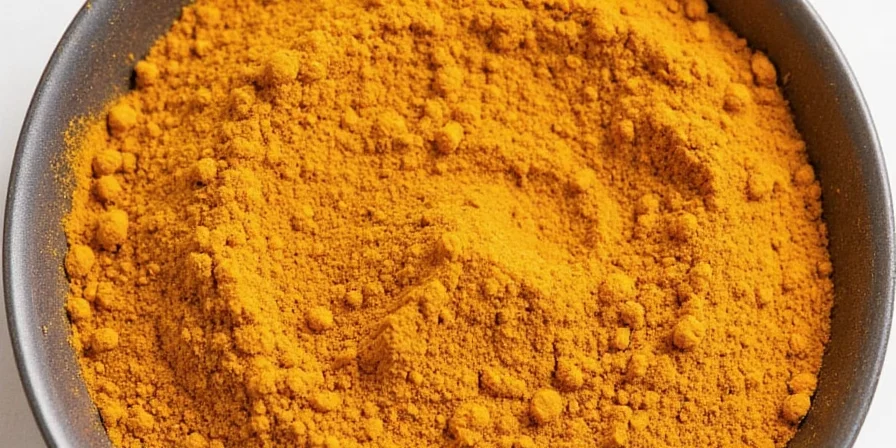
Breakfast Applications: Curry-Powered Morning Meals
Transform your morning routine with these scientifically tested curry powder applications that work with breakfast's flavor profile. The warm spices in curry powder complement morning foods particularly well due to their ability to enhance sweetness perception while adding complexity.
Curry-Infused Breakfast Recipes
- Curry Scrambled Eggs: Whisk ¼ tsp curry powder into eggs before cooking. The turmeric's curcumin binds with egg proteins, creating a richer flavor base.
- Golden Oatmeal: Stir ⅛ tsp curry powder into oats during last minute of cooking. Pair with sliced banana and toasted coconut for perfect flavor balance.
- Curry Avocado Toast: Mix ⅛ tsp curry powder with mashed avocado, lemon juice, and flaky salt for an elevated breakfast staple.
- Curry Smoothie Base: Add ⅛ tsp to smoothies with mango, banana, spinach, and coconut milk for an earthy, nutrient-dense breakfast.
- Curry Yogurt Bowl: Swirl ⅛ tsp into Greek yogurt with honey and toasted nuts for a sophisticated morning treat.
- Curry Breakfast Hash: Toss diced potatoes, onions, and bell peppers with ½ tsp curry powder before roasting for a flavorful morning side.
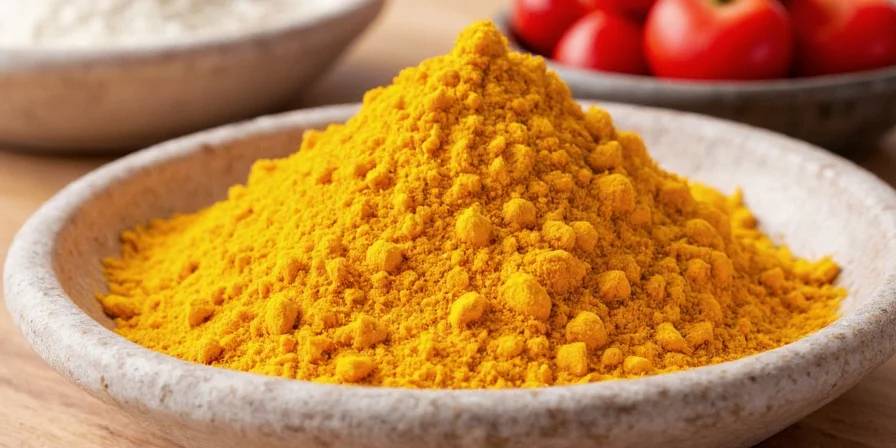
Toasting Technique for Maximum Flavor Extraction
Toasting curry powder isn't just about aroma—it's a chemical process that releases volatile compounds responsible for flavor. When heated to 300-350°F (149-177°C), the essential oils in curry powder ingredients become more soluble, allowing for better flavor integration with other ingredients.
Professional method: Heat a dry skillet over medium heat (about 5-6 on a 10-point scale). Add curry powder and toast for 45-60 seconds, stirring constantly with a heat-resistant spatula. Remove from heat just before you detect any burning aroma—this timing maximizes flavor release while preventing bitterness.
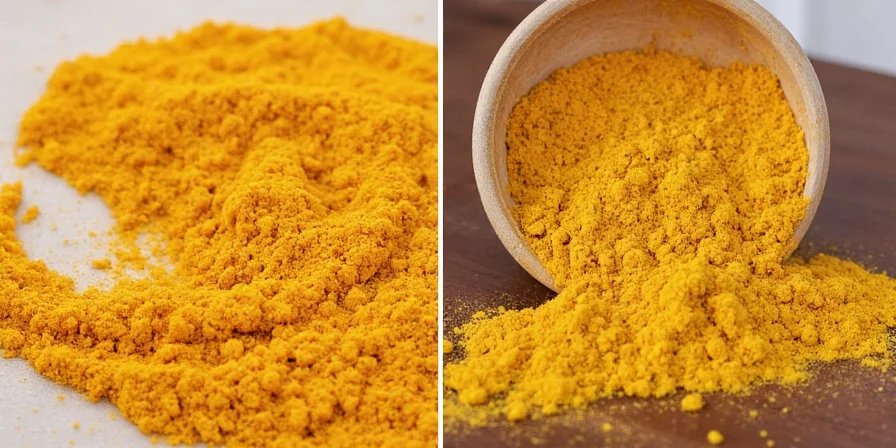
Coconut Milk Pairing Science
The pairing of curry powder and coconut milk isn't just tradition—it's food science. Coconut milk's fat content (17-24%) acts as a carrier for the fat-soluble flavor compounds in curry powder, particularly the curcumin in turmeric. This creates a more balanced flavor profile while reducing perceived heat.
For optimal results: Use full-fat coconut milk and add curry powder after toasting but before adding other ingredients. Simmer for 10-15 minutes to allow flavor compounds to fully integrate. The ideal ratio is 1 tsp curry powder per ½ cup coconut milk for balanced flavor without overpowering.
Homemade Blend Recipe with Flavor Profiles
Store-bought curry powder lacks the freshness and balance of a custom blend. This recipe creates a versatile medium-heat blend with distinct flavor notes that work across applications:
- 2 tbsp ground coriander (citrusy base note)
- 1 tbsp ground cumin (earthy middle note)
- 1½ tsp turmeric (color and earthy foundation)
- ½ tsp fenugreek (subtle maple-like sweetness)
- ¼ tsp ginger powder (bright top note)
- ¼ tsp black pepper (enhances turmeric absorption)
- ⅛ tsp cardamom (floral complexity for desserts)
Mix thoroughly and store in an airtight container. Use within 3 months for peak flavor. For specific applications:
- Sweet applications: Increase cardamom to ¼ tsp, decrease turmeric to 1 tsp
- Protein rubs: Add ¼ tsp garlic powder and ⅛ tsp cayenne
- Breakfast applications: Add ⅛ tsp cinnamon for warmth
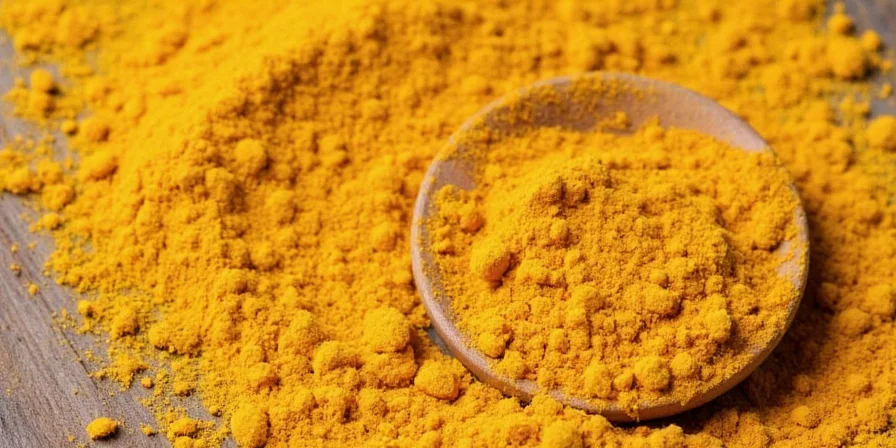
Grain and Legume Enhancement Guide
Adding curry powder to grains and legumes during cooking creates flavor integration at the molecular level. The starch in grains acts as a flavor carrier, while the protein in legumes binds with curry powder compounds for deeper flavor penetration.
For perfect results: Add curry powder to the cooking water during the last 5 minutes of cooking for grains, or during the last 15 minutes for legumes. This timing prevents flavor degradation from prolonged heat exposure while allowing adequate integration.
Recommended ratios:
- Rice: ½ tsp per cup of uncooked rice
- Quinoa: ½ tsp per cup of uncooked quinoa
- Lentils: 1 tsp per cup of uncooked lentils
- Chickpeas: 1 tsp per 2 cups cooked chickpeas
Professional-Grade Protein Rub Formulas
Curry powder creates exceptional crusts on proteins through the Maillard reaction. The sugars in fenugreek and the amino acids in the other spices react with protein surfaces to create complex flavor compounds.
For chicken: Combine 1 tsp curry powder with ½ tsp salt, ¼ tsp garlic powder, and 1 tbsp oil. Rub onto chicken and let sit 20 minutes before cooking.
For fish: Mix ½ tsp curry powder with 1 tbsp lemon zest, 1 tbsp olive oil, and a pinch of salt. Apply 10 minutes before cooking to prevent overpowering delicate flavors.
For tofu: Press tofu, then coat with 1 tsp curry powder mixed with 1 tbsp cornstarch for optimal crispness.
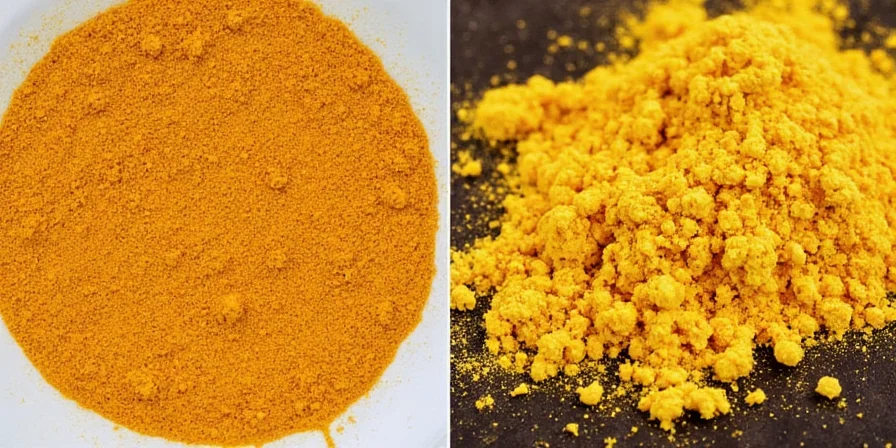
Soup and Stew Integration Methods
For optimal flavor integration in liquid-based dishes, "bloom" your curry powder in oil before adding liquids. Heat 1 tbsp oil, add curry powder, and cook for 30 seconds while stirring. This process dissolves the flavor compounds in the oil, allowing for even distribution throughout the soup.
Timing matters: Add bloomed curry powder early in the cooking process for soups that need flavor integration (like tomato or vegetable soups), but later for delicate soups (like seafood chowder) to preserve nuanced flavors.
Dessert Applications with Recipe Examples
The science behind curry powder in desserts lies in flavor layering. Turmeric's earthiness complements chocolate's bitterness, while warm spices like cardamom enhance fruit sweetness through trigeminal nerve stimulation.
Dessert Recipe: Curry-Infused Chocolate Truffles
Ingredients:
- 8 oz dark chocolate (70% cocoa)
- ½ cup heavy cream
- ⅛ tsp curry powder (use sweet variety)
- 1 tbsp honey
- Cocoa powder for rolling
Method:
- Heat cream to just below boiling
- Mix in curry powder and honey, let steep 5 minutes
- Pour over chopped chocolate, let sit 2 minutes
- Stir until smooth, chill 2 hours
- Roll into balls, coat with cocoa powder
For fruit applications: Lightly dust mango slices with ⅛ tsp sweet curry powder mixed with 1 tsp powdered sugar for an elegant dessert.
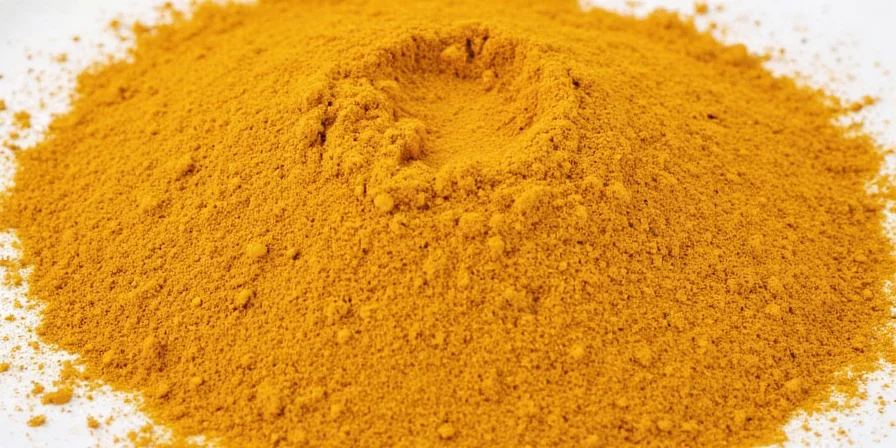
Optimal Storage for Flavor Preservation
Curry powder degrades through three primary mechanisms: light exposure (breaks down curcumin), oxygen (oxidizes volatile compounds), and moisture (causes clumping and flavor loss). Understanding these processes helps maximize shelf life.
| Storage Method | Flavor Preservation Time | Scientific Rationale |
|---|---|---|
| Original plastic container | 4-6 months | Plastic allows light and oxygen permeation |
| Dark glass jar, airtight | 9-12 months | Blocks light, minimizes oxygen exposure |
| Vacuum-sealed, freezer | 18-24 months | Eliminates oxygen, stops degradation processes |
Test freshness: Rub a small amount between fingers—if you can't detect strong aroma within 10 seconds, it's time to replace. Properly stored curry powder maintains vibrant yellow-orange color; fading indicates flavor degradation.
Putting It All Together: Your Curry-Powered Kitchen
By understanding the science behind curry powder applications, you can consistently create dishes with professional-level flavor complexity. Start with precise measurements, apply the toasting technique, and match applications to your specific dish requirements. Whether elevating breakfast, creating main courses, or surprising guests with dessert applications, these methods ensure perfect results every time.
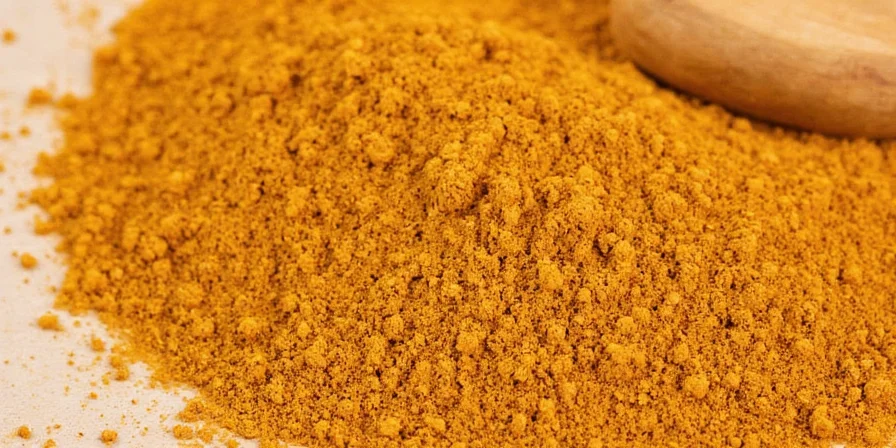
Key takeaways for optimal curry powder use:
- Measure precisely based on application type (dry, liquid, sweet)
- Toast properly to maximize flavor compound release
- Store in dark glass for maximum shelf life
- Bloom in oil before adding to liquid-based dishes
- Apply scientific principles for perfect breakfast and dessert uses
Frequently Asked Questions
What is the difference between curry powder and garam masala?
Curry powder is a Western-developed spice blend typically containing turmeric (providing yellow color), coriander, cumin, and fenugreek, designed for creating curry dishes. Garam masala is a traditional Indian blend without turmeric, featuring warmer spices like cardamom, cinnamon, and cloves, used as a finishing spice to add aromatic complexity.
Can I use curry powder in sweet dishes?
Yes, with precision. Use sweet curry powder (lower heat varieties) at ⅛ tsp per serving. The earthy turmeric complements chocolate's bitterness through flavor layering, while warm spices in curry enhance tropical fruit sweetness. Always start with minimal amounts and adjust based on specific curry blend heat level.
How long does properly stored curry powder last?
When stored in an airtight dark glass container away from light and heat, curry powder maintains optimal flavor for 9-12 months. The critical indicators of degradation are loss of vibrant color (turning dull brown) and diminished aroma strength. Proper storage prevents oxidation of volatile flavor compounds that occurs in typical plastic containers.
Is curry powder gluten-free?
Most pure spice blend curry powders are naturally gluten-free, but cross-contamination can occur during processing. Look for certified gluten-free labels if you have celiac disease. Some commercial blends may contain anti-caking agents that could include gluten derivatives, so always check ingredient lists when dietary restrictions apply.
Can I substitute individual spices for curry powder?
Yes, with precise ratios. For every teaspoon of curry powder, combine: ½ tsp coriander, ¼ tsp cumin, ¼ tsp turmeric, and a pinch of fenugreek and black pepper. For applications requiring depth (soups, stews), add ⅛ tsp ginger powder. For sweet applications, include ⅛ tsp cardamom to replicate curry powder's complex flavor profile.

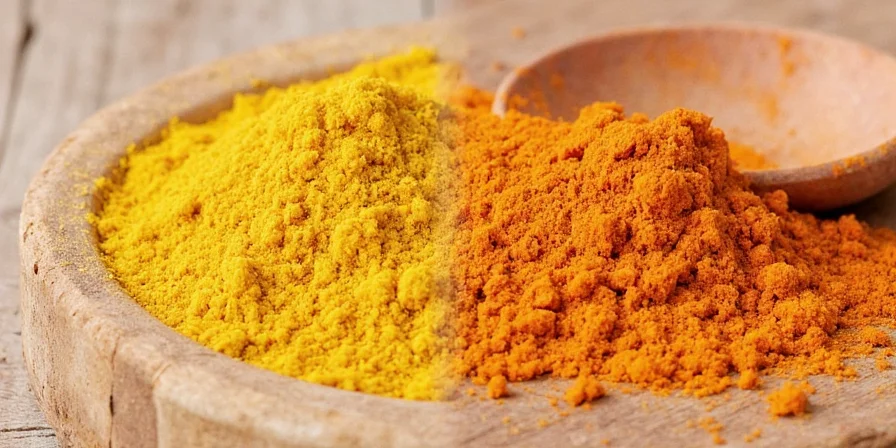









 浙公网安备
33010002000092号
浙公网安备
33010002000092号 浙B2-20120091-4
浙B2-20120091-4